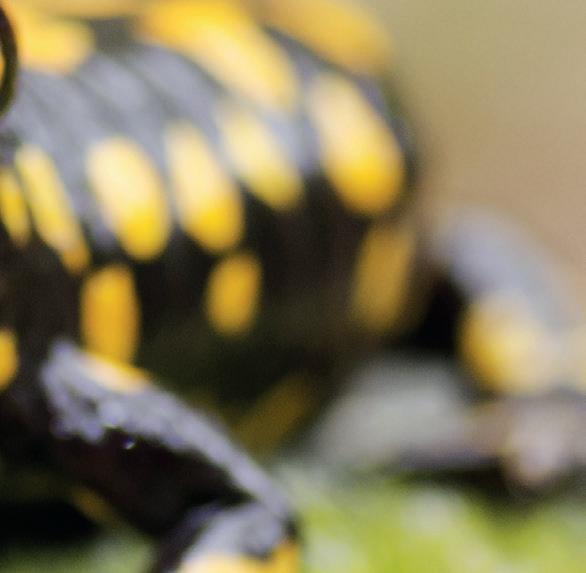
3 minute read
Chytrid Fungus Amphibian Crisis
as Critically Endangered, but some speculate it may already be extinct in the wild as it has not been documented since the filming of David Attenborough’s Life in Cold Blood in 2006. Captive breeding and recovery plans are in place with around 500 individuals successfully produced so far.
Sorrow for salamanders
Advertisement
In 2013, Batrachochytrium salamandrivorans was discovered. It is highly likely this pathogen arrived in Europe via the pet trade, and it has already caused catastrophic population declines in fire salamanders (Salamandra salamandra) in the Netherlands. Laboratory studies have confirmed that many salamanders are highly susceptible to Bsal. The Americas are particularly rich in salamander species and the spread of Bsal to the region could be a disaster for the region.
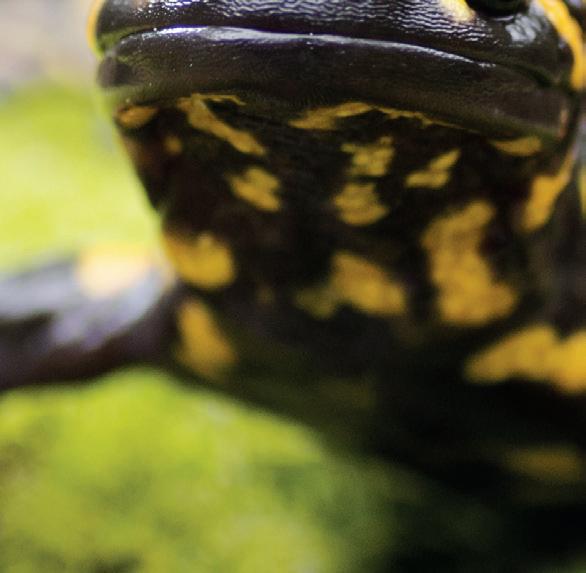
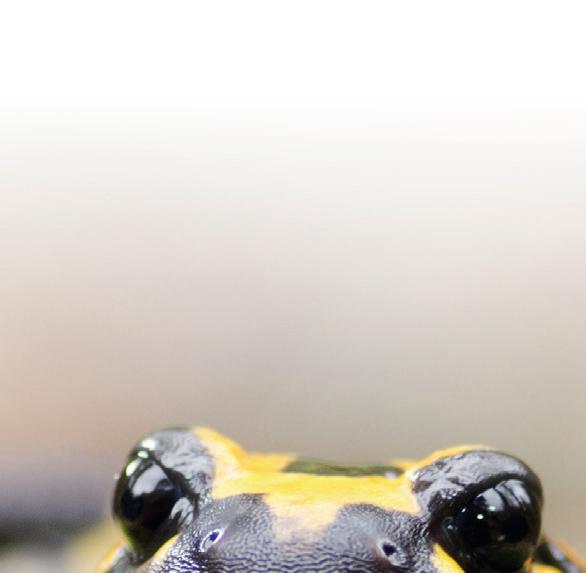

Laws, regulations and responsible exotics keeping
In response to this, there are now trade restrictions to protect salamanders in the US and in the EU. In the US, the Lacey Act aims to protect native salamanders from Bsal. Particular species of salamander (201 species of 20 genera) have been listed as ‘injurious’ to native species, and so both importation and interstate transport of those species is prohibited without a permit. This even includes dead salamanders or tissue samples. Authorisation to trade salamanders within the United States can only be granted on the grounds of medical, scientific, zoological, or educational purposes.
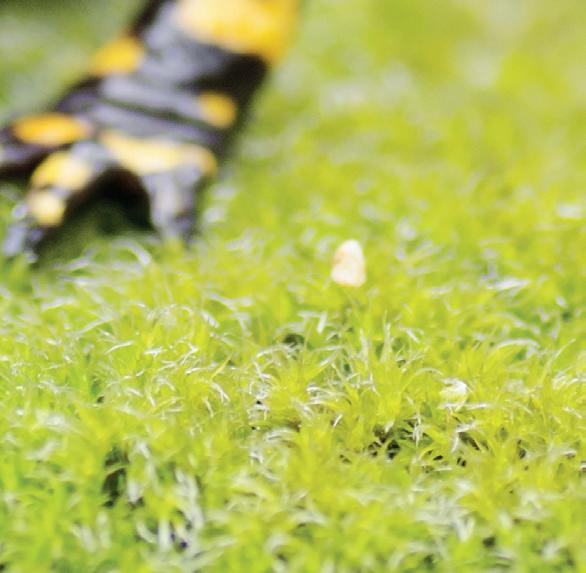
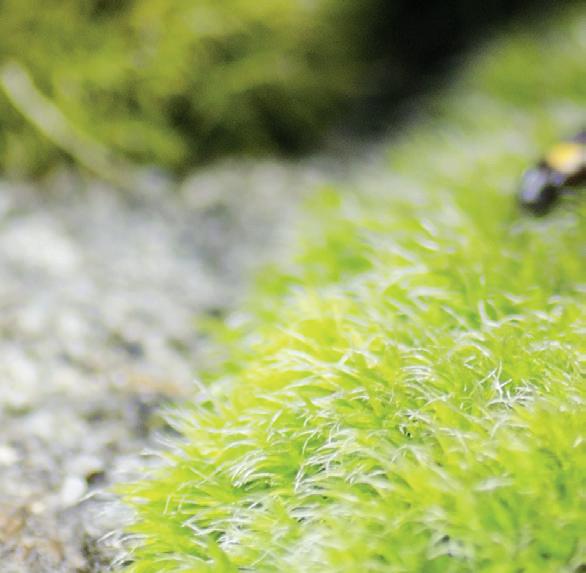
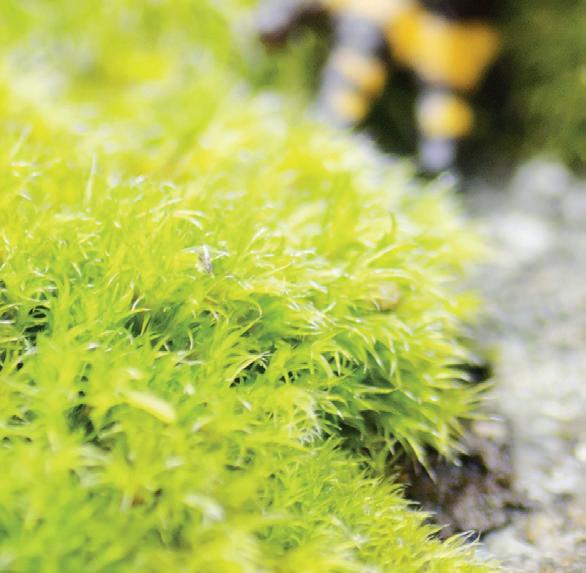
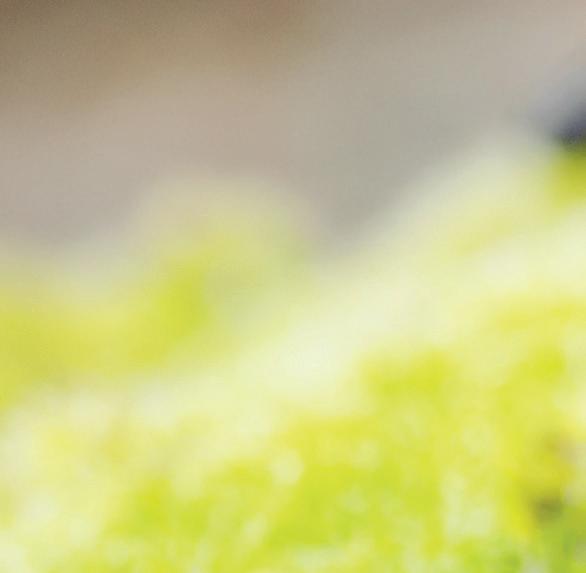
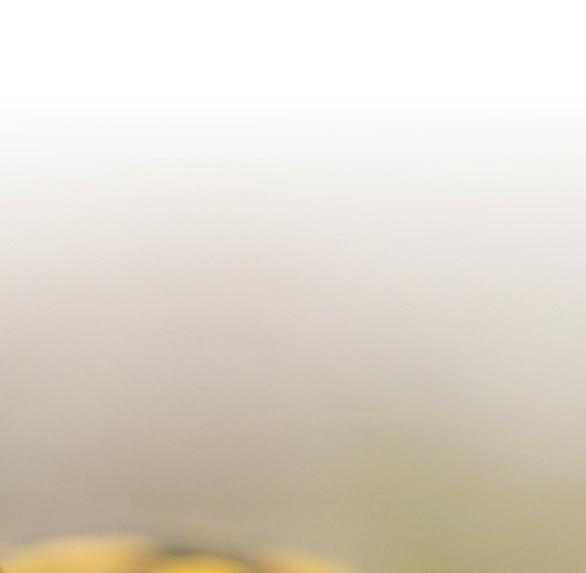

The European Food Safety Authority is associated with the regulation of salamander trade for the EU. They state the following protocols: Quarantining, testing, and demonstrating that salamanders are free of infection by Bsal; restricting movements of salamanders; hygienic procedures and biosecurity measures; treating of salamanders for Bsal. Appropriate establishments must be assessed wherein the testing and quarantining of salamanders can take place under competent veterinary supervision. Salamanders can only be moved within the Union if they have tested negatively for Bsal following quarantine and are accompanied by an animal health certificate.
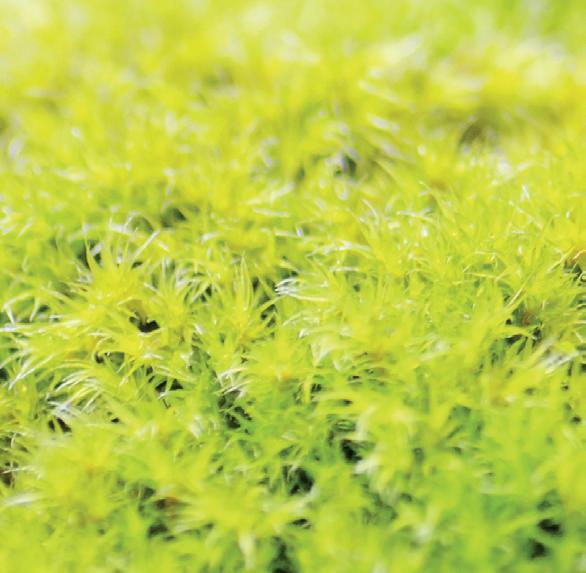
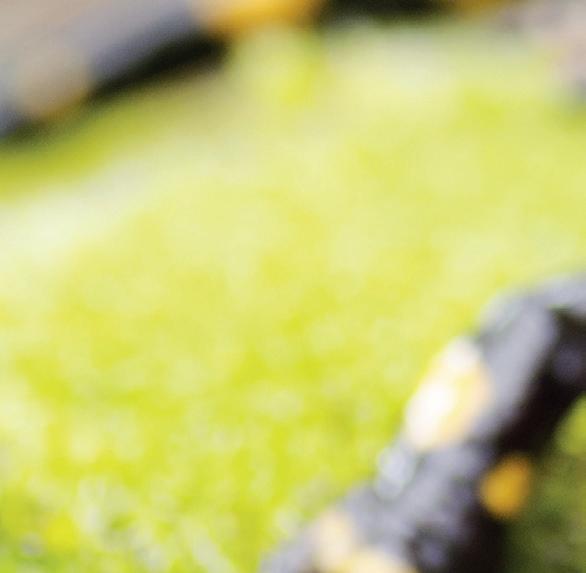
This does make one wonder about how our own laws in the UK regarding amphibian protection may change following Brexit. According to UK government publications, similar rules are in place, requiring appropriate establishments approved by the Fish Health Inspectorate (FHI) for quarantining and testing of salamanders and newts (Caudata) that are being imported or exported from within/out the EU. Even moving salamanders between England and Wales requires health certification from the FHI, which is only granted following a quarantine or treatment period.
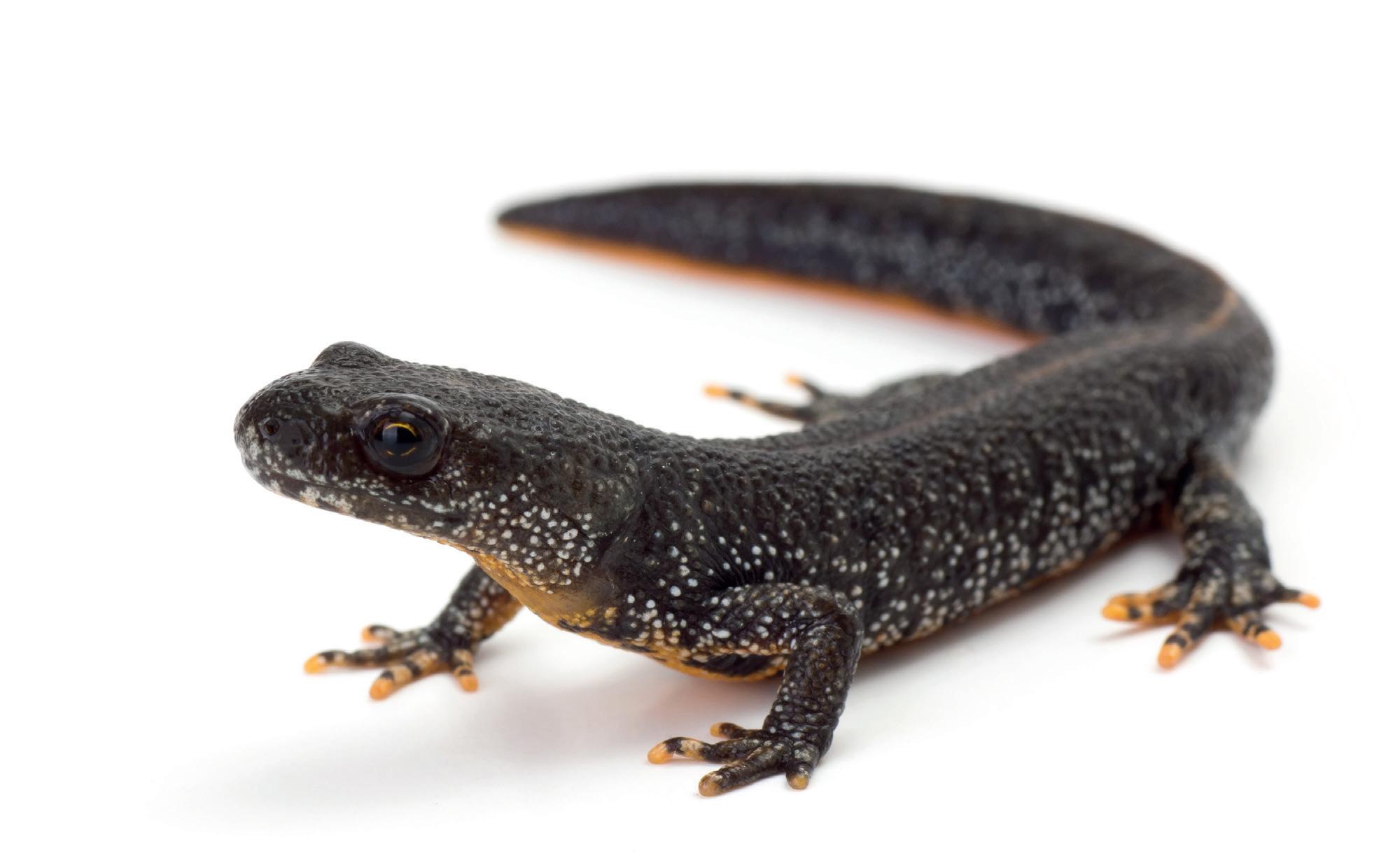
All of this is for good reason, as the UK should do its upmost to protect native species – such as the great crested newt (Triturus cristatus). Laboratory trials have shown that they are indeed susceptible to Bsal. Bd has already been detected in the UK in several locations but Bsal has not been recorded in native amphibians and we need to keep it this way.
What can we do?
You can help to protect UK amphibians by not contributing to any further spread of chytrids with some simple methods.
Ben recommends keeping amphibians indoors so that pets do not come into direct contact with native species, especially as the vast majority of amphibians in the hobby are not native to the UK and could harbour dangerous pathogens. He also recommends that keepers do not throw wastewater from amphibian enclosures out into the environment unless it has been effectively disinfected first. Finally, he suggests that people report any sick or dead amphibians to local wildlife councils, of which there are several accessible through Amphibian and Reptile Groups of the UK (ARG UK). Ben also advises using the clear guidance outlined in the Amphibian Disease Alert produced by gardenwildlifehealth.org to protect both pet amphibians and native wild species. Whenever receiving new amphibians, particularly those species that may be wild caught, it is sensible to isolate and observe them in a quarantine setting to catch any signs of disease early.
What does the future hold for amphibians?
Knowing that chytrid can infect a huge array of amphibian species and persist in the environment, it presents a massive challenge in trying to control it before before it further imperils amphibian populations. There are, however, a vast number of people, including Ben working to figure out this problem with some positive outcomes.
Many species, such as the mountain chicken and golden frog mentioned previously, have safety net populations in captivity, sparing them from outright extinction and buying time to develop conservation plans. When chytrid arrived at Montserrat, fungal baths were also used to experimentally treat wild mountain chicken frogs and all individuals were tracked over time as they were marked with a microchip. Ben continued: “The treatment with antifungal baths in the field would probably not have prevented extinction – but populations would have persisted for longer. What that means is that it buys a couple of months for facilities to be set up for a conservation breeding program or to develop other mitigation strategies.”
In some areas, scientists have observed populations of species usually affected by chytrid, surviving in atypical habitats that are likely slightly hotter and drier than their usual habitat. It has been hypothesised that these populations persist because Bd is sensitive to high temperatures (>30°C) and desiccation. Could this information aid the recovery of species currently facing extinction?










